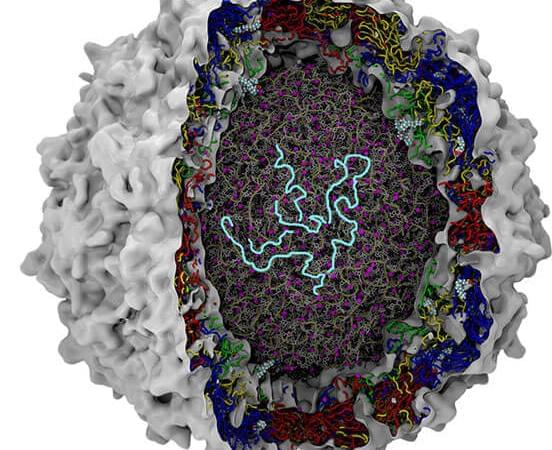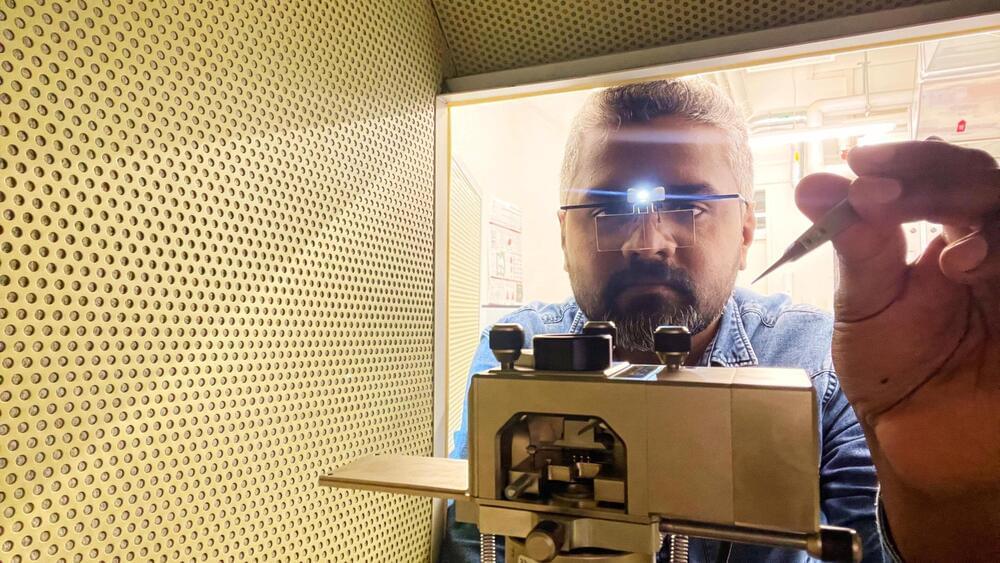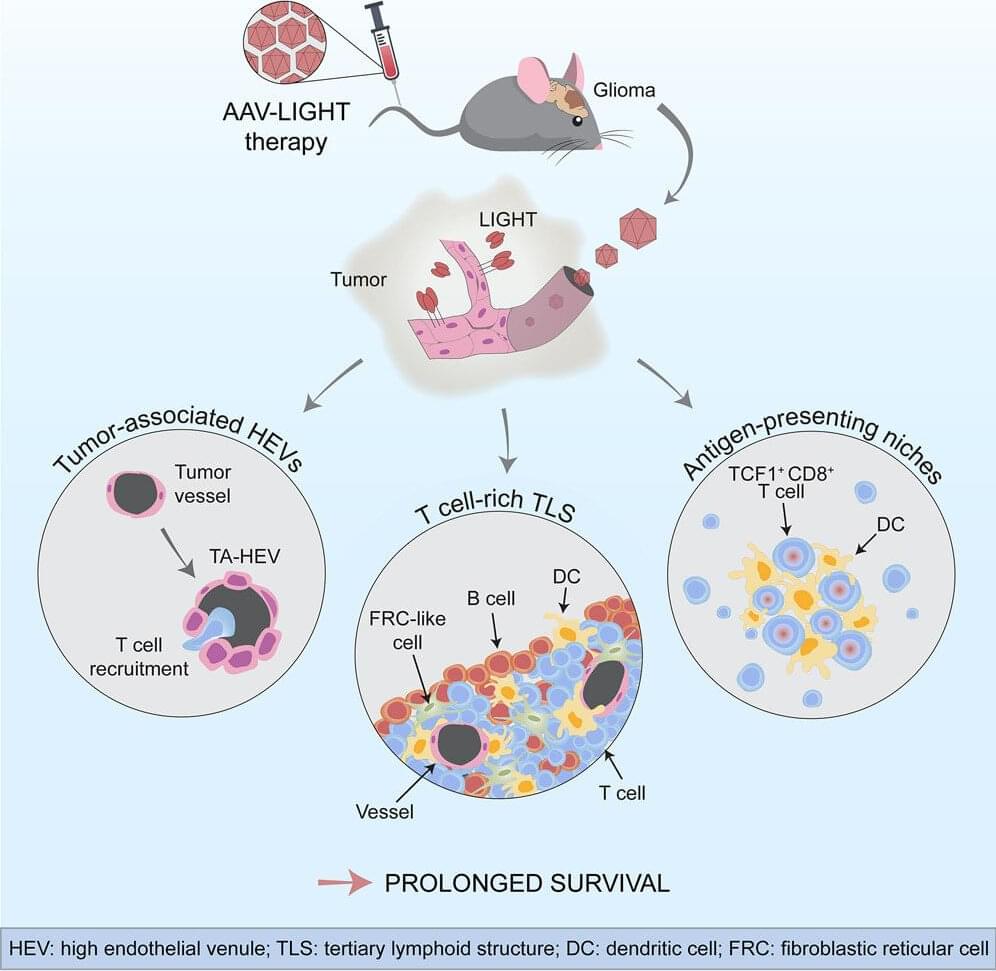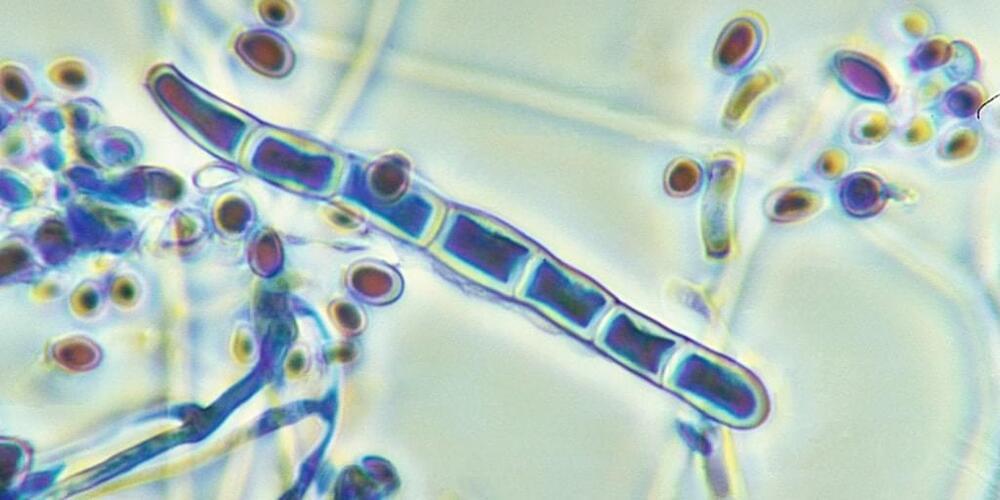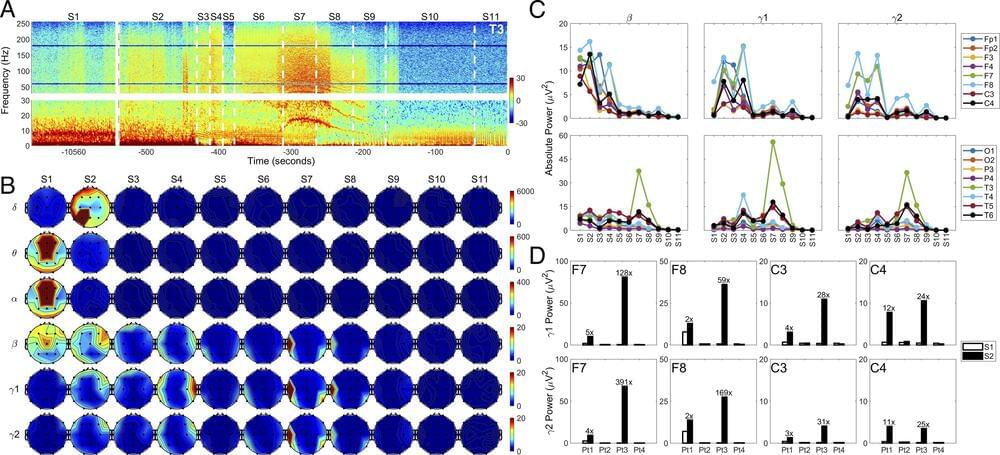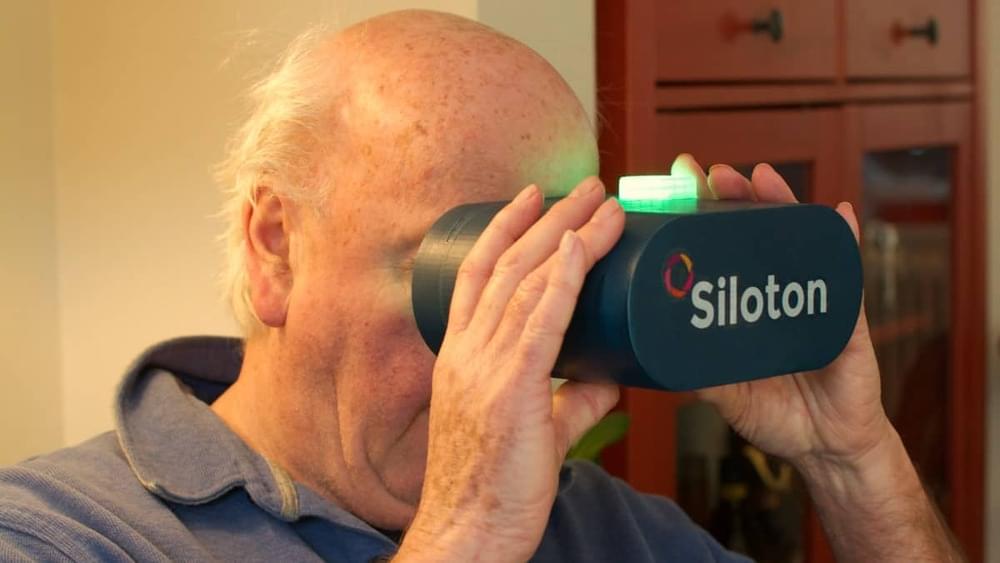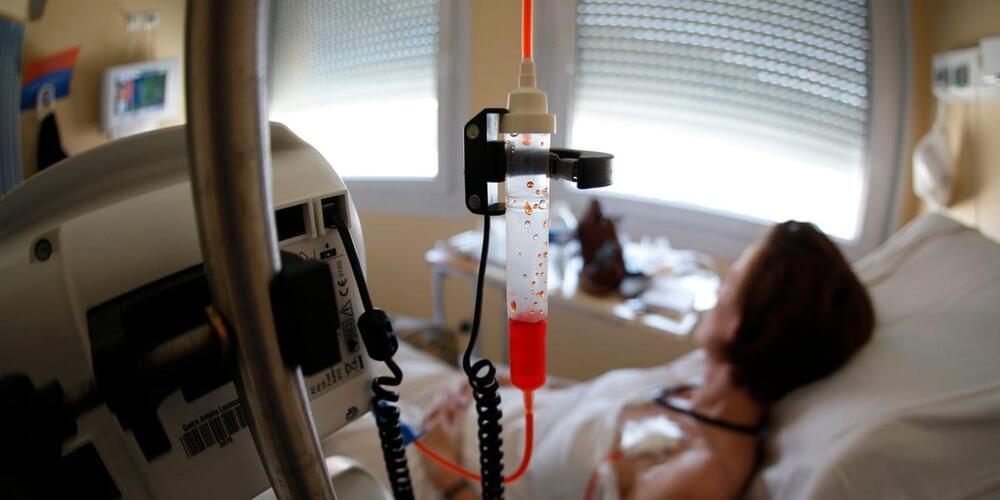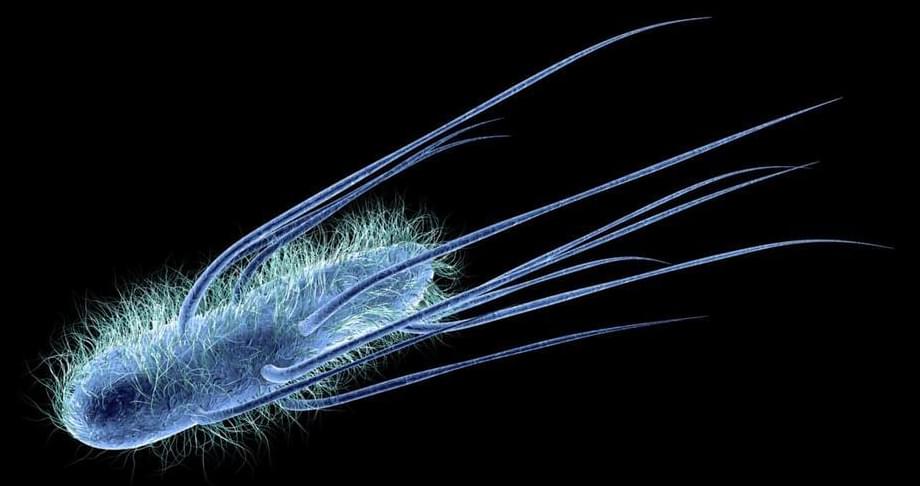Great overview of progress in the field of oncolytic viruses. Take home message: it’s super important to develop viruses that not only attack tumors directly, but also stimulate immune strong responses against the cancer. #genetherapy #biotechnology
Cancer treatments known as oncolytic viruses are being tested in clinical trials, and one, T-VEC or Imlygic®, has been approved by the FDA. Research now suggests that these treatments work not only by infecting and killing tumor cells, but that they may also be a form of cancer immunotherapy.
